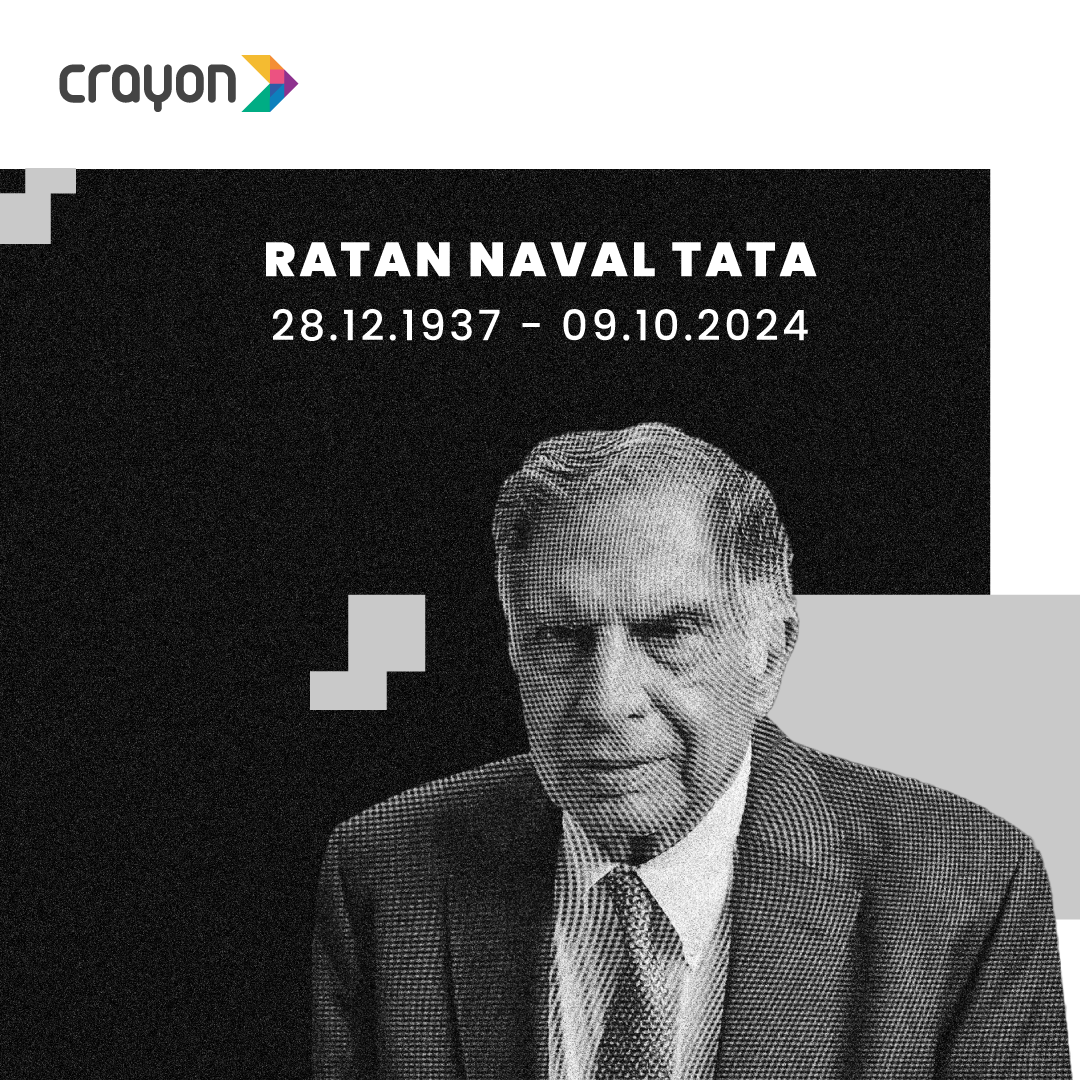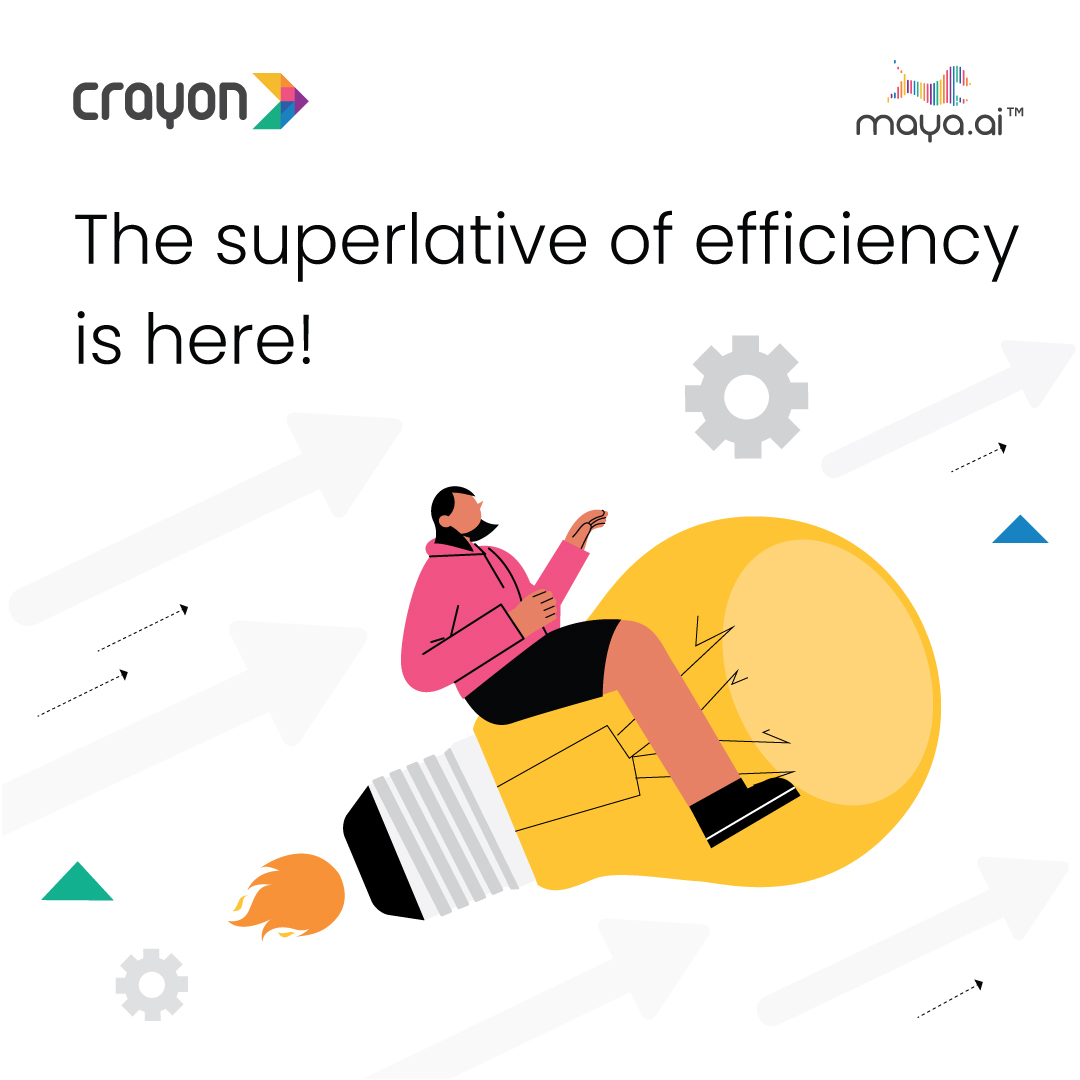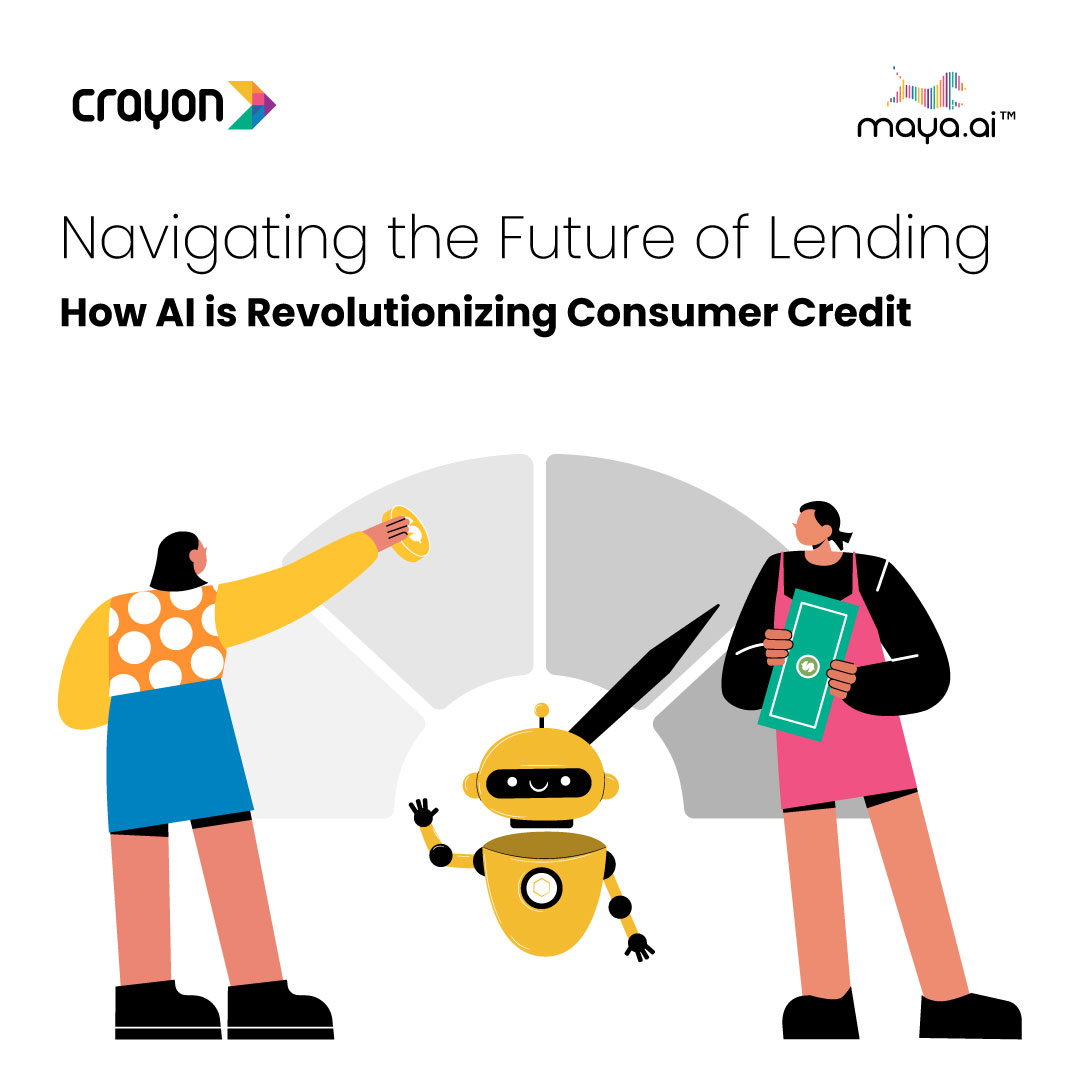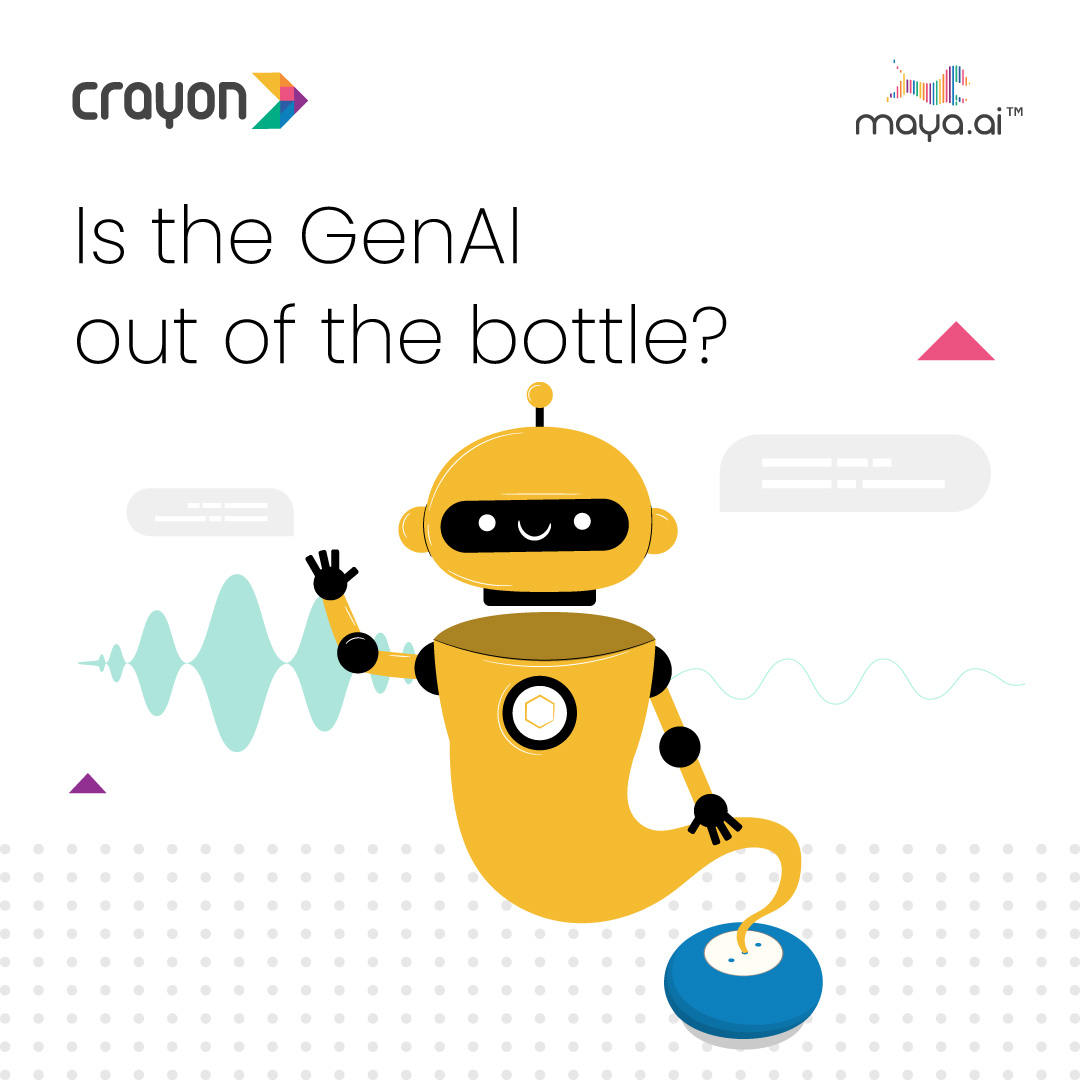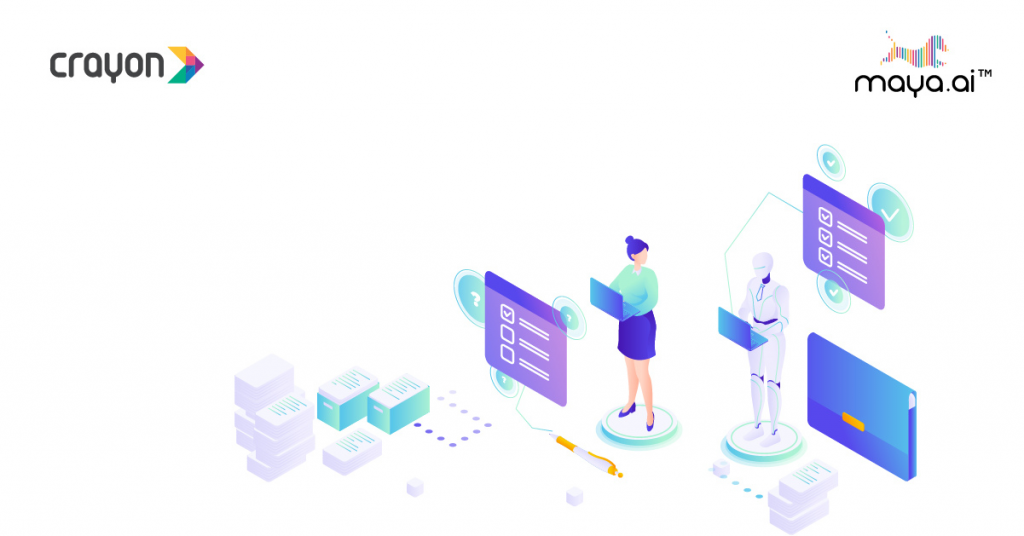
Humanity has always had a predilection for prediction. Decades ago, people imagined what life would look like in the 2020s. Some suggested that roadways would be replaced by pneumatic tubes. One issue of Popular Mechanics dreamed up a smart dining table that would clear itself. A 1966 article in TIME said that no one would need to work, because machines would be doing everything for us.
While we wait for the last prediction to become reality, I wonder how far we’ve really come. And how far we will possibly go in the quest to create the most human-like artificial intelligence (AI) possible. In a recent episode of Suresh Shankar’s Slaves to the Algo podcast, Alok Aggarwal gave some great context to this question. The chairman and CEO of Scry Analytics talks about the past, present, and future of AI. And what that could mean not just across industries, but everyday life.
Here, I take a leaf of out John Lennon’s book and imagine. What will life look like 50+ years down the line?
In 1956, the computer scientist John McCarthy coined the term ‘artificial intelligence’. He defined it as the science and engineering of making decisions. McCarthy worked almost 40 years trying to get machines to think. In 1978, near the end of his research career, he wrote that “human-level AI might require 1.7 Einsteins, 2 Maxwells, 5 Faradays”.
Surprisingly, it was not achieved by the unification of the world’s brilliant minds. Instead, we redefined how humans think and learned how that provided solutions. The 1.7 Einsteins who deconstructed the complexities of the Turing test were not Ivy-league educated. The 2 Maxwells were not perfect on paper. Those 5 Faradays were absolutely terrified of standardized tests. These new-age revolutionaries surfaced in the most unconventional ways and challenged conventional thinking, creating human-level AI.
I’m pondering these facts as I laze in bed for a few minutes. I’ve woken up to the familiar meows of my alarm. In the year 2079, my cat Nat remains the only unpredictable creature in a world of near-accurate predictions.
My mornings begin with conversations at the breakfast table. Maya, the chatty Alfred to my Batman, briefs me on current events and my schedule. Faced with breakfast choices, I turn to Maya for her recommendation: “Surprise me!” And so she does.
Most households don’t have a kitchen anymore. We live in a subscription model, and buildings now have food assembly lines, similar to laundry rooms of yore. Who could have imagined that this work could be automated and streamlined direct-to-home, like water and gas. Then again, we failed to look beyond conventional thinking in more ways than one. Like the fact that drivers could work from home.
Remote Access Driving
The long-ago pandemic made it difficult to commute safely. But humans thrive on constant travel. After all, if we were meant to stay in one place, we would have been rooted to the ground.
Remote access driving capabilities took the world by surprise. Now, a chauffeur drives me around from the comfort of her couch. It’s not that the best minds at Waymo were unable to perfect driverless cars. This was a humanitarian decision. One we’re particularly proud of. Driving was one of the most popular jobs around the world. We couldn’t afford to reskill that many people without causing an economic meltdown!
Monotonous tasks are so 2020!
Our human ancestors have been in the search for purpose and meaning since the beginning of time. Somewhere along this journey, we’ve realized our purpose was not to crunch numbers.
For the average employee, work in the era of AI is thought-driven, not task-driven. When I attend meetings, I no longer spend 15 minutes to jot down the points of discussion. Instead, my intelligent assistant summarizes the conversation seconds after concluding the meeting. She even schedules and organizes meetings without requiring many inputs from me. Most of my time, as well as other employees’, gets utilized in solving complex problems.
Therefore, when tedious and repetitive tasks got automated in the mid-2020s, humanity concerned itself with matters of higher responsibility. Such as building better communities and creating equitable outcomes. There are other perks to it as well. For instance, Excel doesn’t crash anymore. Hard to believe, I know. It’s because barring purists and cynics, nobody uses it!
Work-life balance
On most days, work ends on time. As social beings, we’ve understood the importance of leading well-rounded lives. Putting it to practice is easier said than done. Maya, however, is a lifesaver! She nudges me to live a little and catch up with friends when I’ve hit my weekly targets. She even helped me pick out personalized gifts for a colleague. Outside of work, I get my post-sunset run with my running group. Or hang out at the neighbourhood café. I even babysit my niece who lives halfway across the world!
All this from my AR/VR tech-room of course. It’s the door to my personalized Narnia. Even Nat can chase pigeons to her heart’s content here! But some things remain constant. Post-dinner no-tech time with family or winding down with a book. The only downside is sometimes I forget to charge Maya’s batteries.
Because in case you hadn’t realized… Maya happens to be my conversational AI-assistant. She’s as human as it gets. I wonder if somewhere, John McCarthy is smiling at what we have finally achieved.

